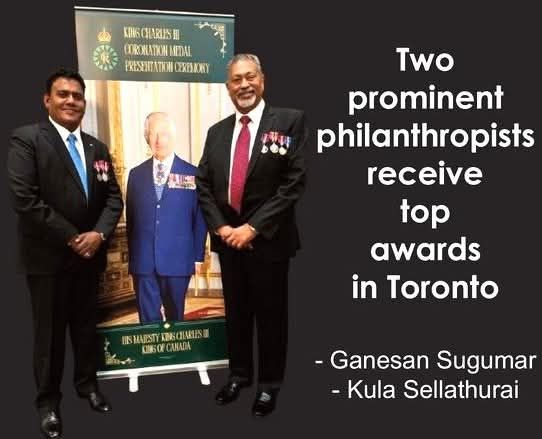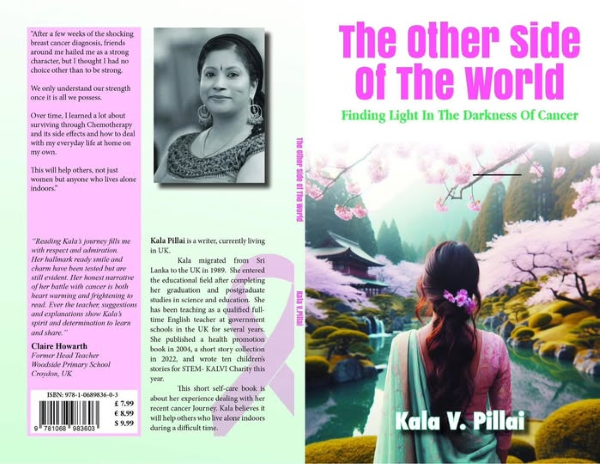The Archaeology of Polonnaruwa: A Journey Through Sri Lanka’s Medieval Capital-by Kalani-eLanka
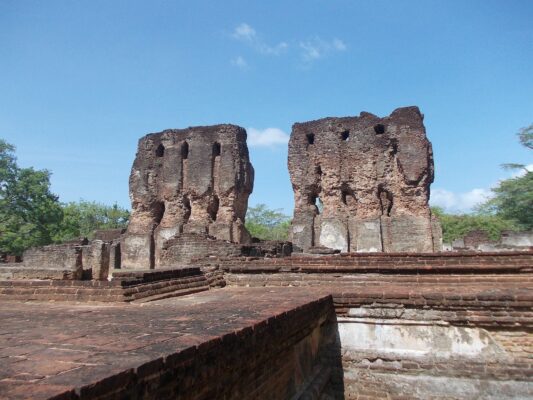
Polonnaruwa, a city steeped in history and archaeological significance, served as the second capital of Sri Lanka after the fall of Anuradhapura in 993 AD. This UNESCO World Heritage Site, located in the North Central Province of Sri Lanka, is renowned for its well-preserved ruins of ancient structures and monuments that reflect the grandeur and architectural prowess of the medieval Sinhalese civilization.
Polonnaruwa’s rise to prominence began in the 10th century AD, during the reign of the Chola dynasty. However, it was under King Vijayabahu I (1055-1110 AD) that Polonnaruwa became the capital of the Sinhalese kingdom, following the liberation from Chola rule. The city reached its zenith under King Parakramabahu I (1153-1186 AD), whose reign marked a period of extensive construction and development.
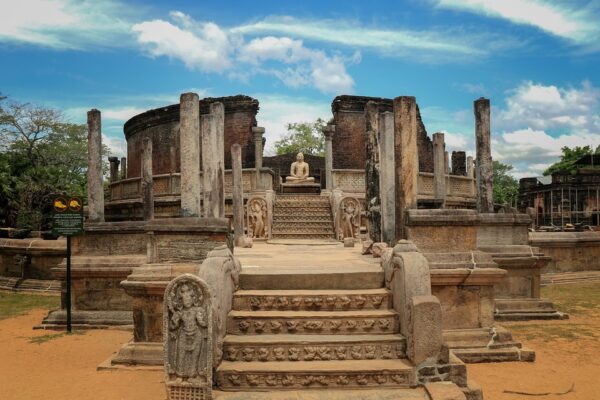
1. Royal Palace Complex
The Royal Palace of King Parakramabahu I is one of Polonnaruwa’s most impressive structures. Originally a seven-story building, the ruins today hint at its past grandeur with thick walls and an intricate layout. The complex also includes the Audience Hall and the Council Chamber, showcasing exquisite stone carvings and lion statues.
2. Gal Vihara
Gal Vihara, a rock temple, is a testament to the artistic excellence of the period. It features four Buddha statues carved out of a single granite rock, representing different postures: the seated, standing, and reclining Buddha. These statues are considered masterpieces of Sinhalese rock carving and Buddhist sculpture.
3. Vatadage
The Vatadage, or circular relic house, is a unique architectural structure believed to have housed the Sacred Tooth Relic of the Buddha. It consists of a circular stone platform with intricately carved guardstones, moonstones, and four Buddha statues facing the cardinal directions.
4. Lankatilaka Vihara
Lankatilaka Vihara is a massive brick structure housing a colossal standing Buddha statue. The walls of this gedige (image house) are adorned with intricate carvings and provide insight into the architectural and artistic styles of the Polonnaruwa period.
5. Rankoth Vehera
Rankoth Vehera, a large stupa, stands as a symbol of the religious fervor during the Polonnaruwa period. It is the fourth largest stupa in Sri Lanka and exemplifies the traditional Sinhalese stupa design with its bell-shaped dome and surrounding terraces.
One of the most remarkable aspects of Polonnaruwa’s archaeology is its sophisticated irrigation and water management system. King Parakramabahu I’s famous declaration, “Not even a little water that comes from the rain must flow into the ocean without being made useful to man,” led to the construction of extensive reservoirs and canals. The Parakrama Samudra (Sea of Parakrama), a vast artificial lake, is a prime example of the advanced hydraulic engineering skills of the time.
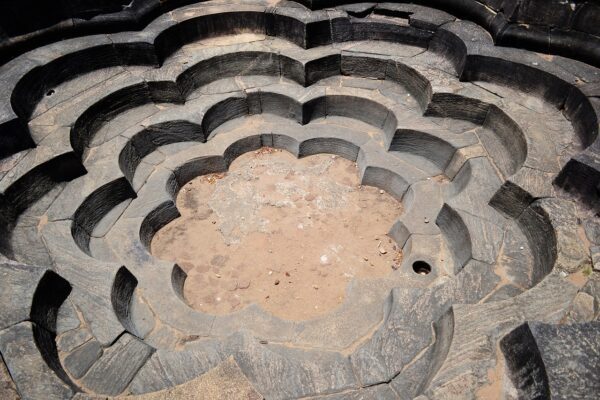
Efforts to conserve and preserve Polonnaruwa’s archaeological heritage have been ongoing since the 20th century. The Department of Archaeology in Sri Lanka, along with international organizations, has undertaken various projects to maintain and restore the site’s historical structures. These efforts ensure that future generations can appreciate the architectural and cultural legacy of Polonnaruwa.
Polonnaruwa remains a vital link to Sri Lanka’s rich historical and cultural past. Its well-preserved ruins offer a glimpse into the medieval Sinhalese civilization’s architectural and engineering prowess. The city’s archaeological significance continues to draw scholars, historians, and tourists from around the world, making it a key heritage site in the study of ancient South Asian cultures.

















